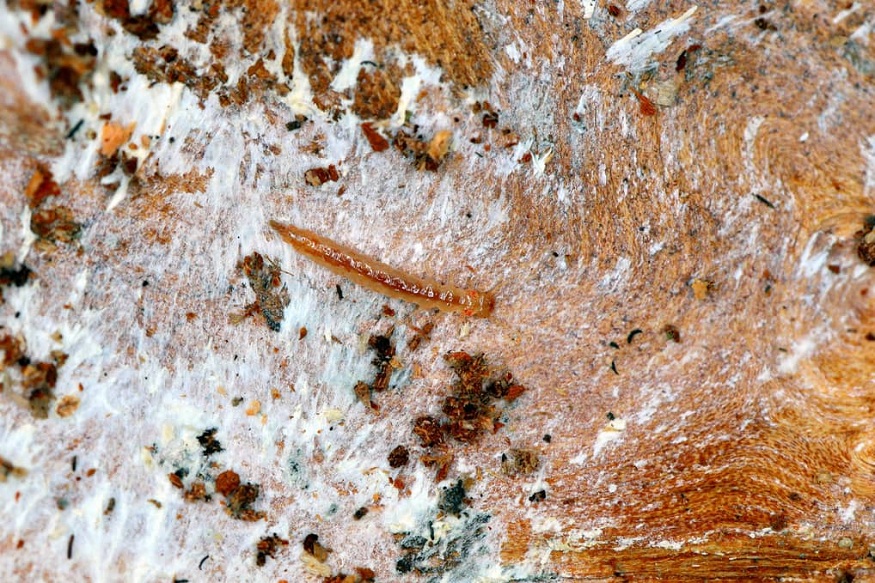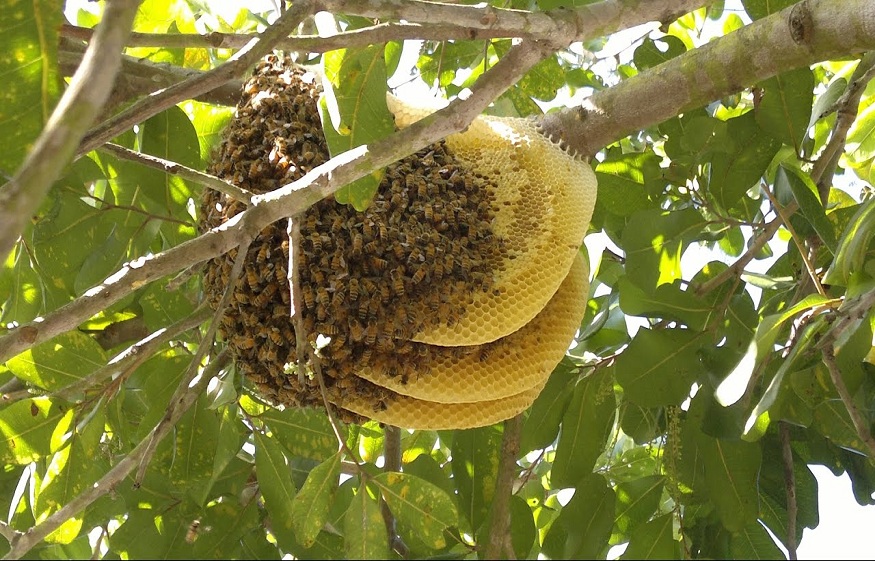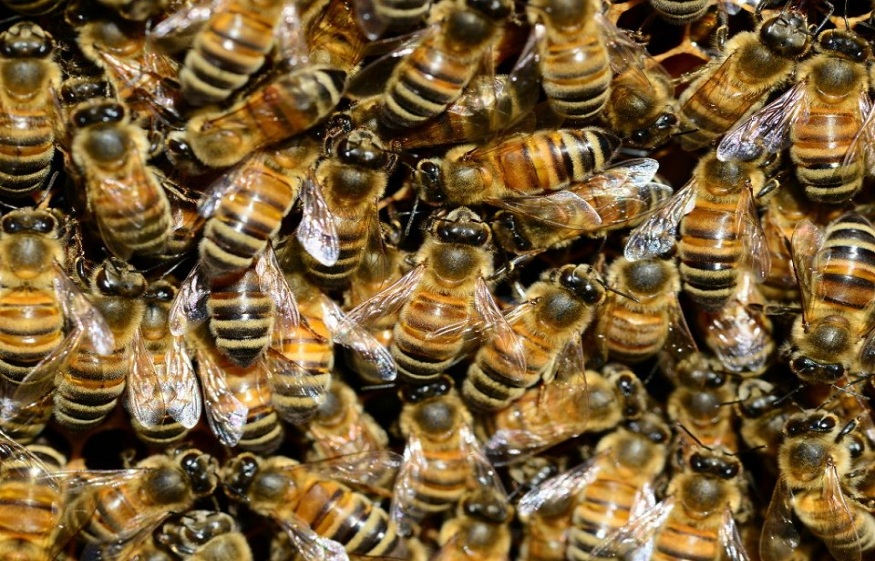Powderpost beetles are wood-boring bugs that cause slow but consistent damage to wood structures, furniture, and flooring. Adult beetles lay their eggs on exposed wood surfaces and are mostly active in warm, humid settings. Before emerging as adults, the larvae degrade the structural integrity of the wood by burrowing into it for months or even years. This is where the main damage occurs.
Early diagnosis of infestations can be challenging since they are often undetected until obvious signs arise. Read more about powderpost beetles inside our blog.
How to stop powderpost beetles from damaging your hardwood floors and furniture
Reducing the moisture level of the wood to less than 20% is the first step in attempting to kill powderpost beetles. The level of moisture in the wood can be measured using moisture meters.
Adult powderpost beetles will not be attracted to wood that has been sanded or coated.
Do not keep goods in barns and sheds. In these regions, wood-boring beetles are common.
How to Identify Infestation
The majority of the damage to wooden structures is caused by the larvae (woodworms), not the adults. They undergo a full change, becoming adults, eggs, larvae, and pupae. Powderpost beetle activity is instantly visible.
Some species leave pin-sized holes on the wood’s surface when the adults emerge, which is commonly in June; others leave pencil-lead-sized holes. From these holes, a brood of woodworm larvae, which are fine and powder-like, continues their destructive feeding.
Identifying Powderpost Beetle
The adult powderpost beetles are cylindrical, reddish-brown to black, and less than 1/4″ in size. Usually, in wood that is less than ten years old, the adults drill a hole bigger than 1/8 inch into the wood to lay their eggs. Woodworm larvae have dark brown heads and are white and cream in color. After tunneling through the wood, larvae develop into pupae.
The larvae have been twisted and wrinkled. Although they can attack hardwoods, they are more common in softwoods and depend on the starch in the wood for their food. They need the wood to have a moisture content of 6–30%, and they usually finish their life cycle in a year.
How to inspect for Powderpost beetles
Before initiating treatment for eliminating powderpost beetles, you have to determine whether the infestation is active.
Spotting infested wood
When these beetles infest wood in buildings and furniture, it may not be identified until the spherical adult emergence holes show up on the surface. Recognizing the species infesting the wood can be performed with the help of the unique pellets present in the frass and its consistency. It can be done to remove infested timber and replace it with treated wood. Larvae development slows down when the moisture level of the wood reduces to about 12%.
Wood-boring beetles damage
The first stage in control is to find out whether the infestation is active. You might be analyzing older damage if you notice powderpost beetle damage.
Boreholes in piles accumulated on the floor beneath or close to the holes suggest an active infestation. The larvae may also make a ticking sound that you may hear. You are not required to treat damage that is old and not active at the moment.
Powderpost beetles damage
An obvious sign of a powderpost beetle infestation is an accumulation of immensely fine, flour-like powder that is coming from the surface holes.
Pellets are typically found in the frass deposited by other wood borers. The texture of this type of beetle frass is coarse, and it usually sticks to one another.




